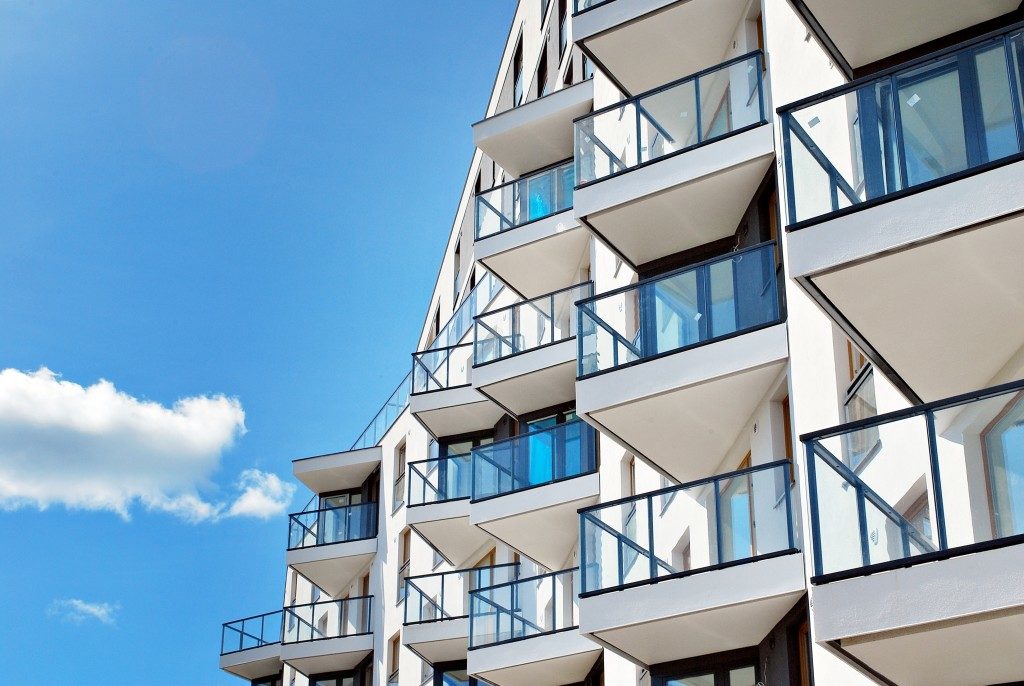The process and outcome of planning, designing, constructing, and creating buildings and other physical structures for the public welfare are known as architecture design. Architectural designs, particularly buildings and monuments, are viewed as cultural emblems and works of art, but they have also considered design items because they are practical and artistic.
Since architectural plans constitute the foundation of the construction law process, only high-end residential architecture firms are qualified to take on the task.
Elements That Influence An Architectural Design
Certain architectural design elements have been identified as the core of atmosphere in architecture. These elements influence how an architect creates a design. When there are already trends influencing the style of buildings, creating a design that clients would love is difficult. Culture, materials, construction technique, and other factors will all play a role.
- First and foremost, you must have a notion in mind. A concept is a fundamental idea that guides the design process. You start with a simple concept and develop it over time, making tweaks to create a design. The building’s meaning and dimension are derived from this basic concept.
- Design can be approached in two ways: form follows function or function follows form. It would be best to choose the path you wish to take and plan accordingly.
- Bring as much originality as possible. Making boxes is a skill that everyone can learn. An architect and an engineer are fundamentally different in that an architect is more creative. Your design should reflect your originality.
- Know about different architectural styles and trends to see if you can incorporate them into your projects.
- Climatic research is important. It’s important to consider if a design will work in the unique place where it’s being built.
- It’s important to keep the building’s orientation in mind.
- Site study is performed before any design to become familiar with the site and understand its strengths, flaws, opportunities, and threats.
- The study of materials and the selection of appropriate materials is a must.
- Green architecture and knowledge of the subject will assist you in creating long-term architecture. It is a critical aspect in today’s world.
- The structure is considered later rather than first and not at the design price. However, never disregard the structure for the sake of aesthetics. Grids and columns may subsequently interfere with and detract from your design.
- Outside beautifying is merely cosmetic. It is not architecture to take an unsightly building and polish it and cover it with false arches and false ceilings; rather, it should be something that makes the basic structure beautiful.
- Experiment with different shapes and forms. Make various rudimentary models and idea sketches to determine if you can visualize your design and be pleasing to the eye.
- Functionality should not be sacrificed in the name of creativity.
- Make sure you use flowers, animals, or materials to withstand the area’s climatic conditions.
Consequently, when we talk about good architectural design, we’ll talk about the big picture of spatial design, which includes interior and exterior forms, communication designs, user experiences through aesthetics and facility implementation, civil engineering aspects, and, of course, any social, psychological, and socio-psychological consequences.
More read On: Spero Magazine




